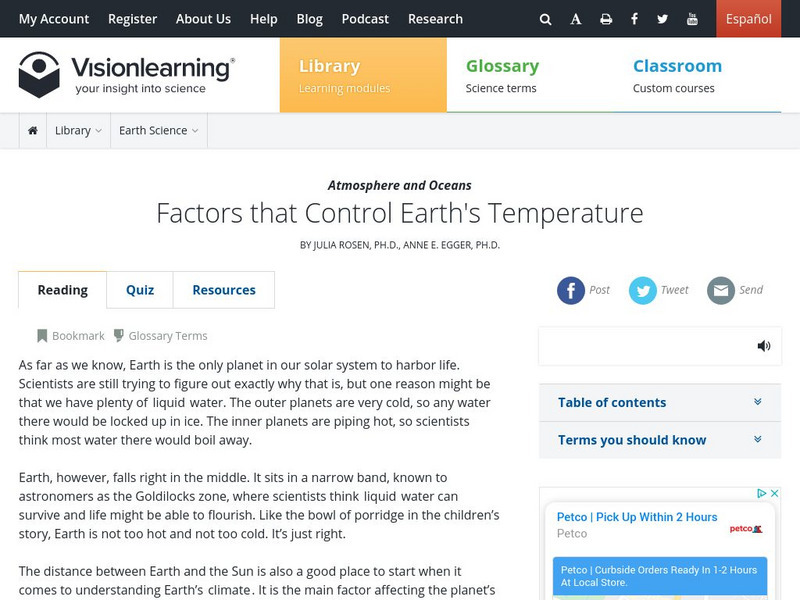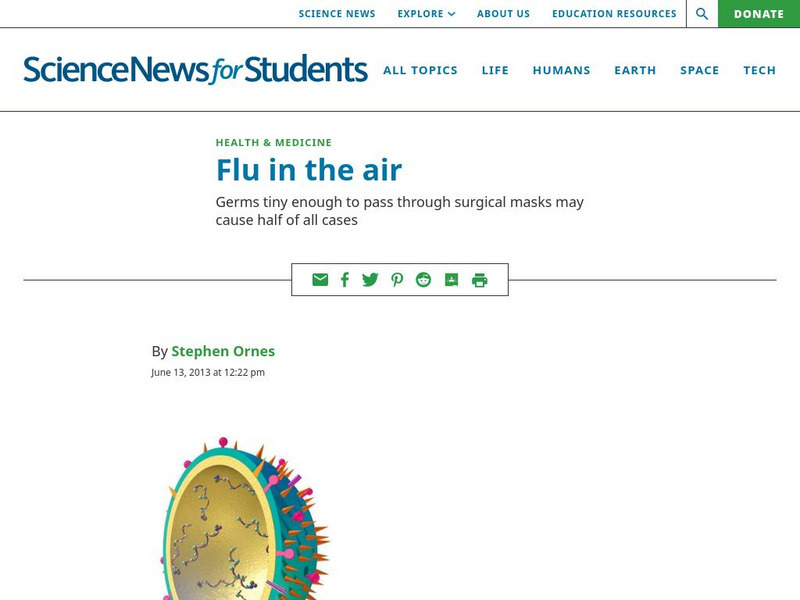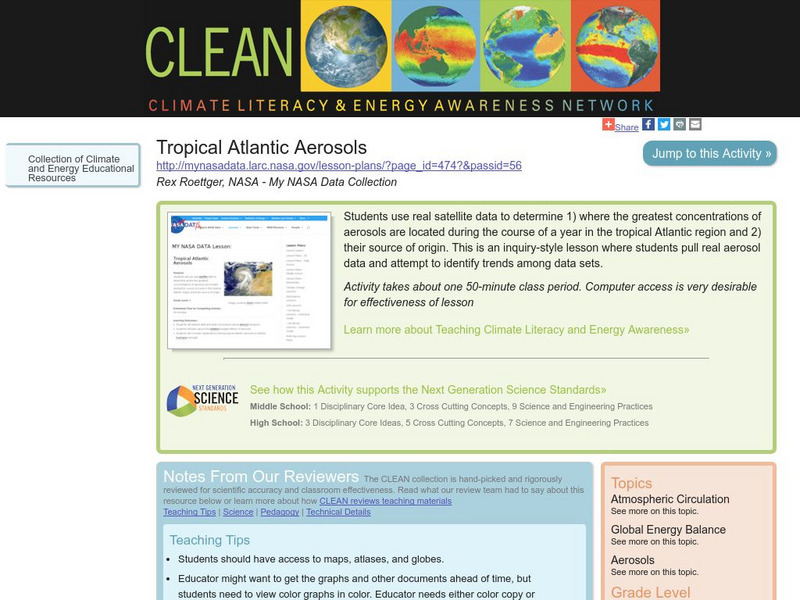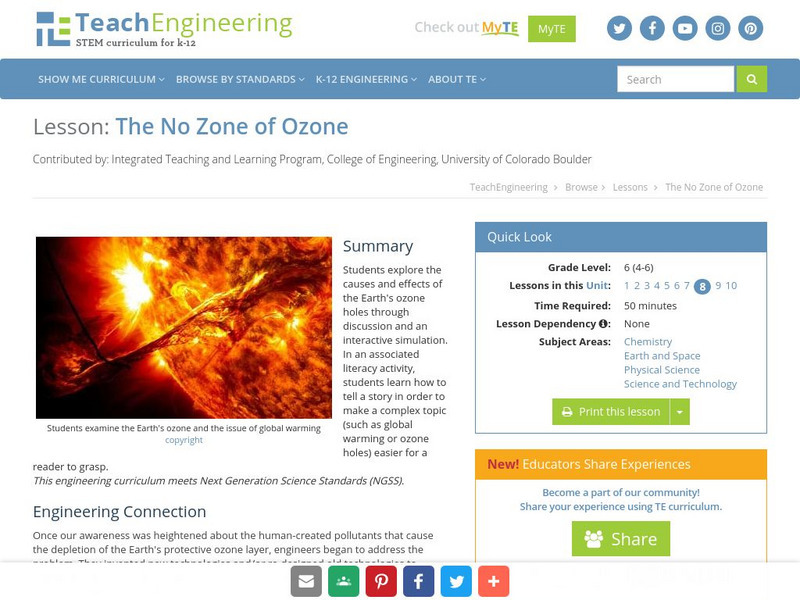Curated OER
Aerosol Lesson: Science - Graphing SAGE II Data
Students examine and plot atmospheric data on bar graphs.
Curated OER
Aerosol Science
In this aerosol activity, students are given data for volcanic eruptions and the average temperatures of the Earth. They determine the change in temperature from the year of the eruption to the present year and use the means to determine...
Curated OER
The Eruption of Mount Pinatubo
In this volcano worksheet, students read about the eruption of Mount Pinatubo and the effects of sulfur dioxide. Then students complete 4 short answer questions.
Curated OER
The Measurement of All Things: Atmospheric Detectives
Students identify the characteristics of aerosols. Using remote sensing, they participate in an experiment in which they determine how the sun's radiation and elements in the atmosphere interact with one another. They also research the...
Other
Back From the Brink: Lessons Learned From Saving the Ozone Layer [Pdf]
Good site for material on the people involved in inventing CFCs and those who discovered its effects on the ozone layer.
Vision Learning
Visionlearning: Atmosphere and Oceans: Factors That Control Earth's Temperature
An explanation of how temperature is affected by the composition of the atmosphere and how energy flows in and out of Earth's atmosphere.
Society for Science and the Public
Science News for Students: Flu in the Air
Article reports on the recent findings that tiny particles known as aerosols are responsible for most flu infections. Includes a vocabulary list of words from the article.
TED Talks
Ted: Ted Ed: Cloudy Climate Change: How Clouds Affect Earth's Temperature
As the Earth's surface temperature gradually rises, it has become vital for us to predict the rate of this increase with as much precision as possible. In order to do that, scientists need to understand more about aerosols and clouds....
Climate Literacy
Clean: Tropical Atlantic Aerosols
Students will use real satellite data to determine where the greatest concentrations of aerosols are located during the course of a year in the tropical Atlantic region and their source of origin.
TeachEngineering
Teach Engineering: The No Zone of Ozone
Young scholars explore the causes and effects of the Earth's ozone holes through discussion and an interactive simulation. In an associated literacy activity, students learn how to tell a story in order to make a complex topic (such as...
Chem Tutor
Wyzant: Lessons: Chemistry: Other Types of Mixtures
A discussion of the "other" mixtures, colloids and suspensions. A good overview of these types of mixtures. It also provides a table of the properties of colloids.
Globe
The Globe Program: Air Quality Module
In this storybook, the GLOBE Kids investigate colors in the sky and learn how air pollution affects sky color and our health. Learning activities engage students in describing sky color and conditions in the atmosphere, creating a model...
University Corporation for Atmospheric Research
Ucar: What's in the Air?
Air is a mixture of naturally occurring gases and human-made air pollutants. Learn more about these gases and the role they play in our atmosphere.
University Corporation for Atmospheric Research
Ucar: Aerosols: Tiny Particulates in the Air
There are billions of tiny bits of solid and liquid floating in the atmosphere. Learn about those tiny floating particles called aerosols or particulates.
Chem Tutor
Chem Tutor: Solutions
An in-depth look at solutions and their properties. Includes practice problems for calculating solution concentration.
National Earth Science Teachers Association
Windows to the Universe: What Controls the Climate?
Learn what aspects of our planet have an impact on climate. Links to related materials.





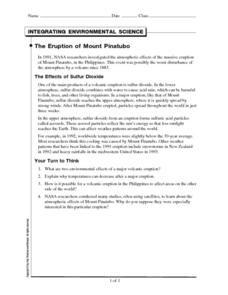
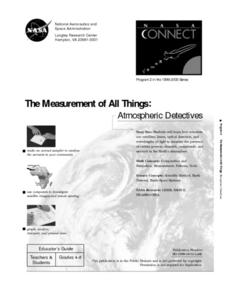
![Back From the Brink: Lessons Learned From Saving the Ozone Layer [Pdf] Primary Back From the Brink: Lessons Learned From Saving the Ozone Layer [Pdf] Primary](https://d15y2dacu3jp90.cloudfront.net/images/attachment_defaults/resource/large/FPO-knovation.png)
